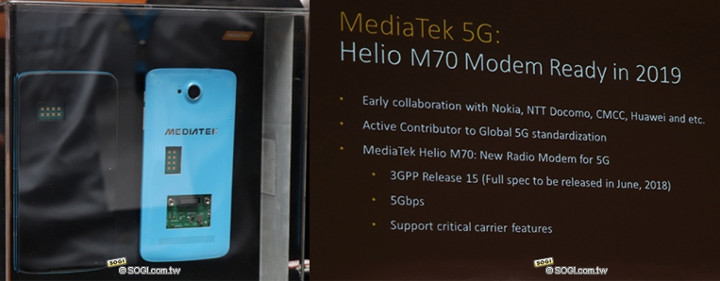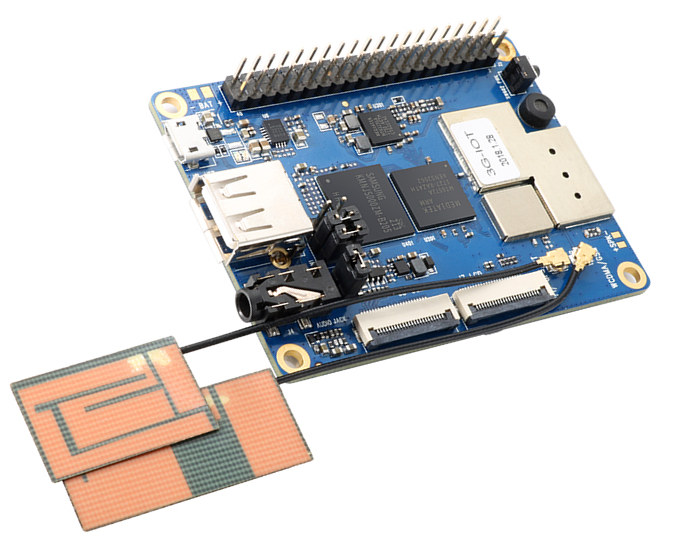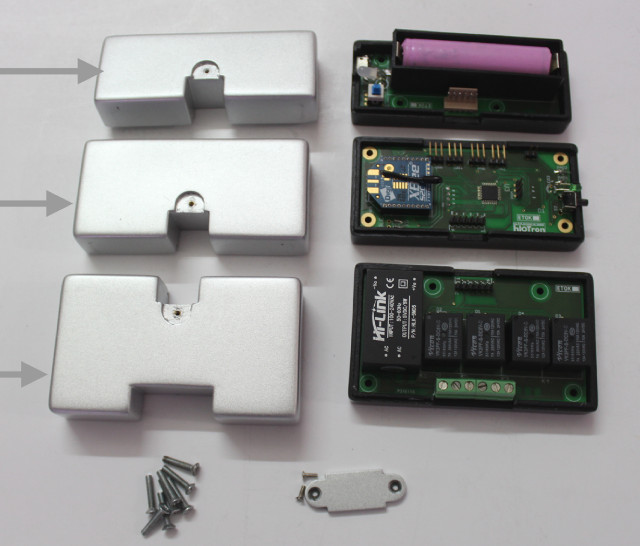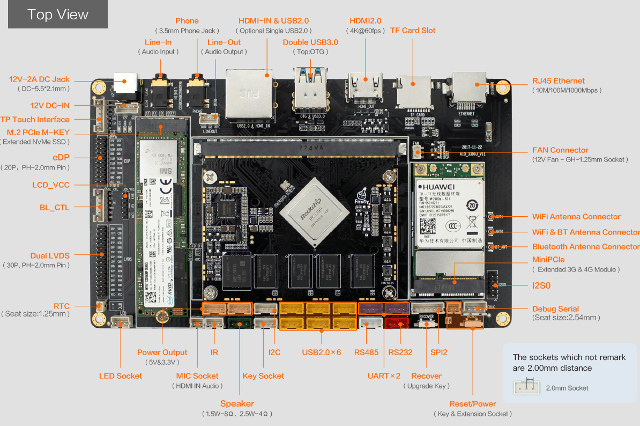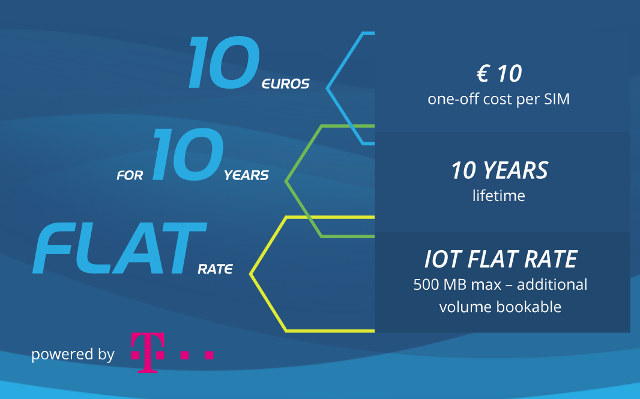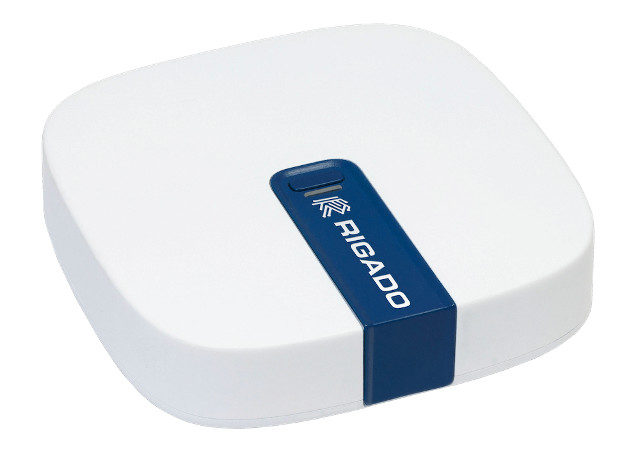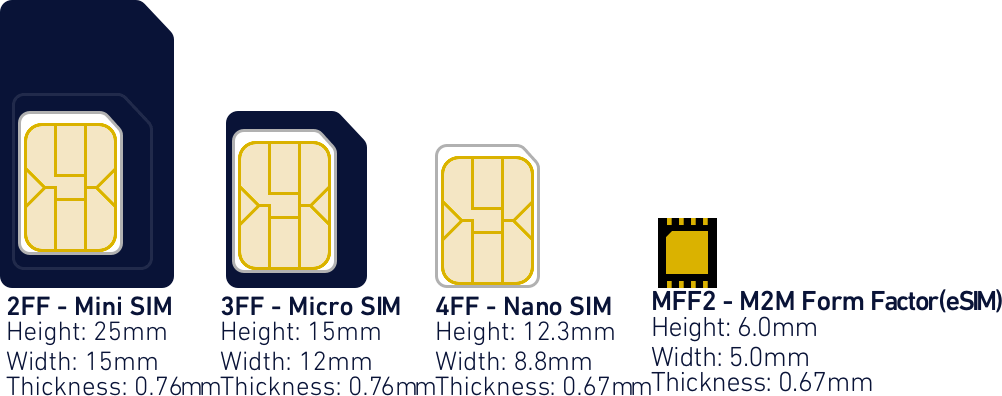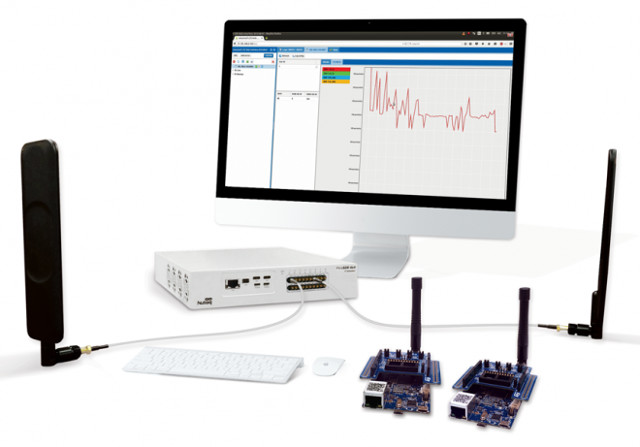5G cellular technology is now being tested, and the first deployment should start next year (2019) in some countries. We’ve also seen 5G cellular modems or 5G capable SoCs with products such as Qualcomm Snadragon X50, Huawei Balong 5G01, NXP QorIQ LA1575, or MIPS I7200, as well as 5G indoor small cells from Ericsson. Unsurprisingly, MediaTek has also been working on their 5G solution, and one of their first product will be Helio M70 5G Modem. MediaTek gas already collaborated with Nokia, NTT Docomo, China Mobile (CMCC), Huawei and others companies, and Helio M70 5G radio modem is compatible with 3GPP Release 15, supports data rates up to 5Gbps, as well as “critical carrier features”. Helio M70 will be fabricated using TSMC’s 7nm process (EUV technology), and shipments are expected to start in 2019. However, DigiTimes reports the company does not expect to sell many 5G modems in 2019, and instead […]
Orange Pi 3G-IoT SBC Launched for $24.90
We had two Arm Linux SBCs with cellular connectivity from Shenzhen Xunlong so far: Orange Pi 2G-IoT for 2G connectivity, and Orange Pi 4G-IoT with LTE support in Asia and Europe. But what if you needed 3G connectivity, and did not want to spend $45 on the 4G board? There was no option until today, but the company has just launched Orange Pi 3G-IoT with WCDMA (UMTS), TD-CDMA and CDMA2000 support. Orange Pi 3G-IoT-B board specifications: SoC – MediaTek MT6572 dual core Cortex A7 processor @ up to 1.2 GHz with Arm Mali-400 GPU System Memory – 512MB DDR2 Storage – 4GB eMMC flash, micro SD slot Display I/F – FPC connector for FWVGA display (854×480) Camera I/F – MIPI connector Audio – 3.5mm audio jack, built-in microphone, 2x solder pads for optional speakers Connectivity Cellular Nano SIM card slot 2G GSM – 850/900/1800/1900 MHz 3G WCDMA -(B1/B2/B5/B8), TD-CDMA, CDMA2000 […]
hIoTron Modular & Enterprise IoT Development Kit is Designed for Fast Prototyping
hIoTron modular & enterprise IoT development kit is described by the company has a “fully pre-programmed prototyping kit for quickly building and testing your IoT concept” with plug-n-play module allowing for flexible prototyping. Beside the hardware comprises of a gateway and nodes, the kit also integrates with the company’s enterprise IoT Platform enabling easy design of custom mobile application & GUI dashboard. The company offers standard, advanced, and custom kits, but to keep things simple, let’s focus on the content of their standard kit first: Hi-Gate IoT gateway: WiSoC – Texas Instruments CC3200 Arm Cortex-M4 @ 80 MHz with 1MB flash, 256KB RAM Storage – 1MB serial flash, 512KB EEPROM Connectivity 802.11 n/g/n Wi-Fi, 2G GSM/GPRS (optional 3G/4G), ZigBee, BLE 4.0, sub-1GHz RF/NON RF to REST/MQTT gateway Expansion – 2x GPIO port pins, 2x analog port pins Power Supply – 9-12V DC 3x modular Hi-Nodes (up to 25 supported per […]
Firefly AIO-3399J All-in-One Industrial Board is Powered by Rockchip RK3399 Processor, Supports M.2 SSDs, 4G LTE Modems, and More
Firefly-RK3399 was the very first Rockchip RK3399 development board when it launched in late 2016, and it mostly stayed that way until others joined in late 2017, early 2018 with products like Orange Pi RK3399, ODROID-N1, Rock960, or Pine64 RockPro64 among others. Firefly team has now unveiled another higher end “all-in-board industrial board” with their Firefly AIO-3399J board featuring their RK3399 CoreBoard module, and a baseboard exposing plenty of I/O and connector, including support for M.2 drives, and 4G LTE mini PCIe cards. Firefly AIO-3399J specifications: SoM – RK3399 CoreBoard: SoC – Rockchip RK3399 hexa-core big.LITTLE processor with dual core ARM Cortex A72 up to 2.0 GHz and quad core Cortex A53 processor, ARM Mali-T860 MP4 GPU with OpenGL 1.1 to 3.1 support, OpenVG1.1, OpenCL and DX 11 support System Memory – 2GB or 4GB DDR3-1333 Storage – 16GB eMMC 5.1 flash (other capacities also available on demand up to […]
1NCE to Offer a 10 Euros Plan for 10-Year of Cellular IoT Connectivity in Europe
For the Internet of Things to be successful, prices need to come down sharply, and eventually LPWAN connectivity should be possible with $1 to $2 modules, $5 to $10 development boards like we can get for WiFi today. Cellular IoT hardware is likely to be a bit more expensive – even when using NB-IoT – but hardware prices have to come down to acceptable levels, and so is connectivity. 1NCE brings us in the right direction for the latter with a SIM card selling for 10 Euros offering 10-year of 2G/3G/NB-IoT connectivity (1 Euro per year) with 500MB data included. That’s about 140KB of data per day, which should be OK for applications like smart meters. There are no other fees, except if your device goes over the limit, but the company has not provided any pricing details for the extra data. The service will cover 30 countries in Europe. […]
Rigado Vesta IoT Gateway Runs Linux and Zephyr OS, Supports Bluetooth 5, 802.15.4, WiFi, Ethernet and Cellular Connectivity
I’ve recently read several open source software news related to Rigado IoT gateway, starting with Canonical announcement last month, that the gateway would ship with Ubuntu Core starting in summer 2018, and a few days ago it popped up again during Linaro CEO keynote at Linaro Connect HK 2018, as one of the first commercial devices to run the Zephyr OS, specifically its fully open source Bluetooth stack on a Nordic nRF52 chip. Rigado Vesta IoT gateway is not exactly new, as it was first announced in December 2016. The hardware relies on an NXP i.MX 6UL Cortex A7 processor, up to 256MB RAM, 4GB eMMC flash, and includes built-in support for dual band WiFi, Bluetooth Smart, Bluetooth 5/4.2, 802.15.4 (Thread), Fast Ethernet with PoE, as well as optional support for a cellular LTE Cat 1 modem. Rigado gateway hardware specifications: Processor – NXP i.MX6 UltraLite (G3) Arm Cortex A7 […]
Hologram Introduces Global IoT eSIM Chip
Hologram provides a SIM card for IoT projects that can be used in most of the world, and I own a developer SIM card that’s very convenient for reviews and evaluation with 10MB free data per month, which I used for example in a recent 3G HAT board for Raspberry Pi. The company also manage network by software, so they were on of the first SIM providers to enable 4G LTE Cat M1 and NB-IoT without changing anything to the SIM card itself. Since everything is programmable, not tied to any specific service provider, the SIM card form factors may not be the most convenient, and instead for a lower form factor, and possibly better reliability Hologram eSIM based on MFF2 form factor may be a better solution for new projects. The chip measures just 6x5mm with 0.67mm thickness, and would be soldered on the board of your cellular IoT […]
Nutaq PicoLTE IoT Kit Allows NB-IoT and LTE Cat M1 Devices Testing Anywhere
If you’ve been following cellular IoT news you must have read plenty of announced about NB-IoT and LTE Cat M1 (eMTC) hardware platforms bring LTE connectivity at lower power and somewhat lower cost than existing 3GPP networks. That’s all good, and you may have decided to go ahead with a commercial project, except none of the Telco are providing LTE IoT connectivity in your area just yet, or if it does, you may also want to test your device in bands not allowed/supported in your country (at a permitted power level). If that’s the case, Nutaq PicoLTE IoT Kit should help as an LTE NarrowBand & Cat M test measurement platform for IoT that can test NB-IoT and Cat-M1 devices in all frequency bands. Nutaq PICOLTE IoT kit key features: Supports M1 & NB-IoT devices Proven compatibility with M1 & NB-IoT devices from over 5 manufacturers Test multiple devices simultaneously […]


